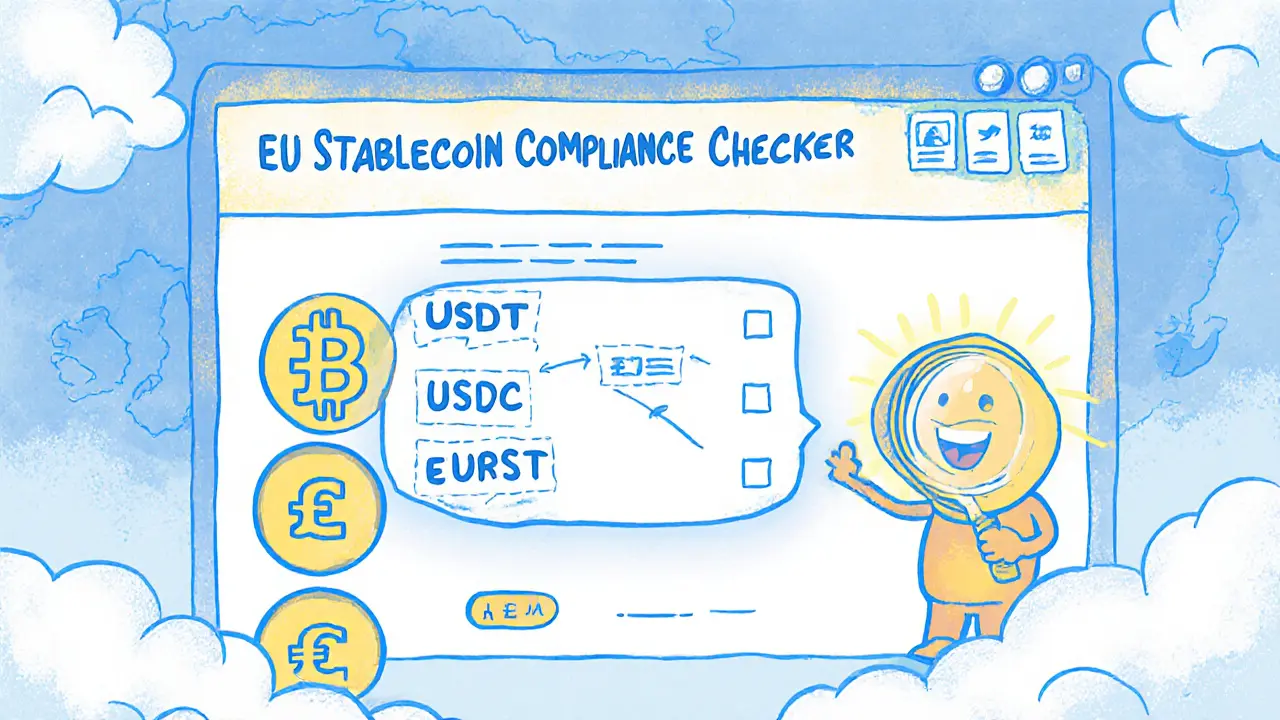Stablecoin Compliance
When working with stablecoin compliance, the set of rules and processes that ensure stablecoins meet legal and market standards. Also known as stablecoin regulatory compliance, it helps issuers, exchanges, and users navigate the evolving financial landscape. If you’re new to the space, think of it as the rulebook that keeps a digital dollar from wobbling like a roller‑coaster.
At the heart of the discussion are stablecoins, cryptocurrencies designed to hold a steady value by pegging to assets like the US dollar or gold. These tokens aim to tame crypto volatility, the rapid price swings common in most digital assets. When a stablecoin can keep its peg, traders feel safer, merchants accept payments, and regulators see less risk. That’s why compliance isn’t just paperwork—it directly supports the stability promise.
Compliance lives inside regulatory frameworks, the laws and guidelines issued by governments and industry bodies. In the US, the SEC and FinCEN look at issuer licensing, AML/KYC checks, and reserve transparency. Across Europe, the new MiCA rules dictate capital requirements, audit frequency, and consumer disclosures. These frameworks shape how a stablecoin can be launched, marketed, and even how it can be stored.
One concrete example is USDC, a fiat‑pegged stablecoin backed by real dollars held in regulated banks. USDC’s compliance model includes monthly attestation reports, reserve audits, and strict KYC for on‑ramp services. Its transparency set a benchmark that other issuers now chase, because investors and regulators reward clear, auditable backing.
Understanding stablecoin compliance means seeing how these pieces fit together. A compliant stablecoin must: (1) hold adequate reserves, (2) publish regular audit reports, (3) enforce AML/KYC on users, and (4) adapt to changing regulations like MiCA or evolving US guidance. Failure in any area can trigger freezes, fines, or loss of market confidence—exactly the opposite of stability.
Below you’ll find a curated set of articles that break down each part of the puzzle. From how fiat‑pegged tokens maintain their peg, to the latest EU rulings affecting your wallet, these pieces give you practical steps and real‑world case studies. Dive in to see how compliance shapes the future of stablecoins and what you should watch next.
EU Stablecoin Restrictions Explained: USDT and Other Tokens
by Johnathan DeCovic Nov 21 2024 19 CryptocurrencyA clear guide to EU stablecoin restrictions under MiCA, covering USDT compliance, impact on providers, and steps to stay legal.
READ MORE
